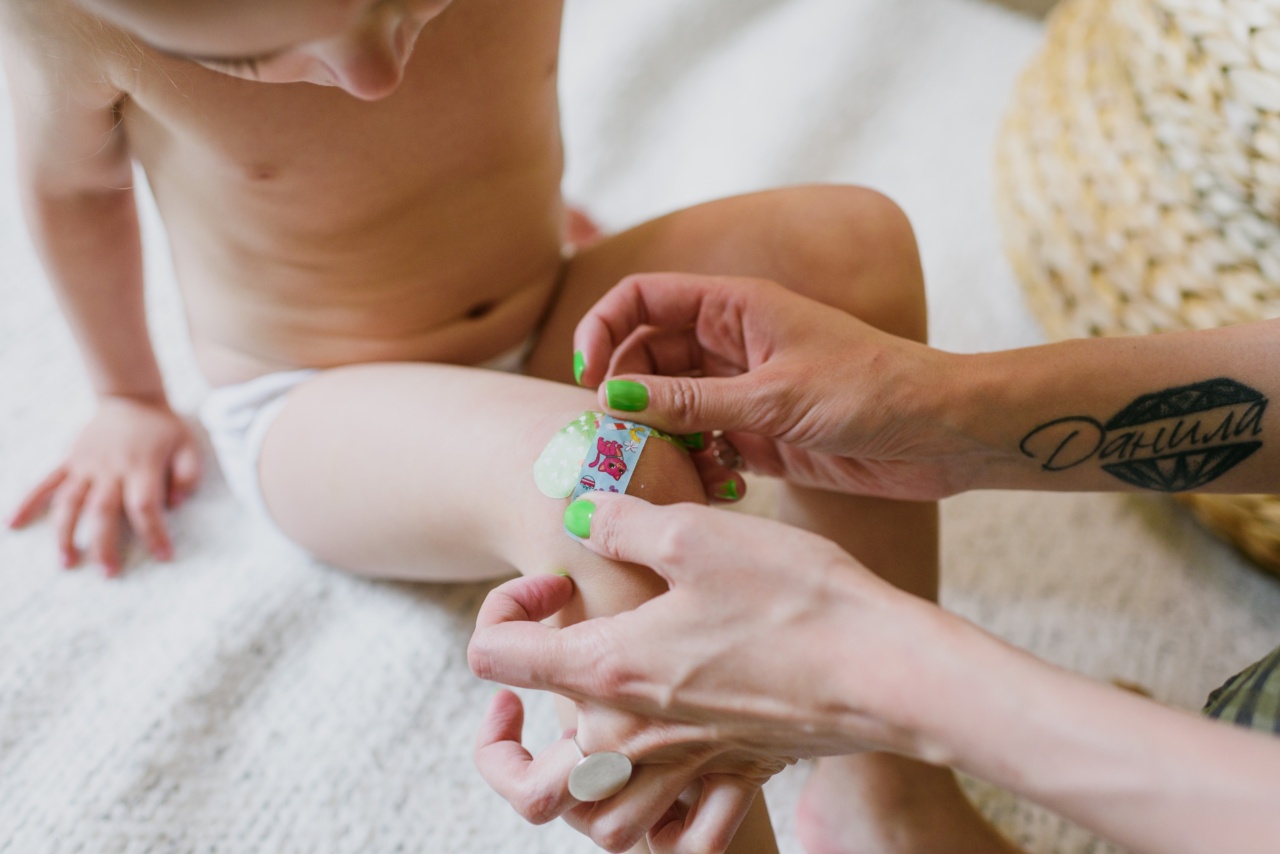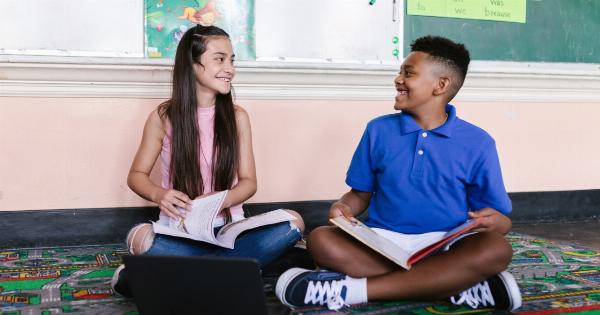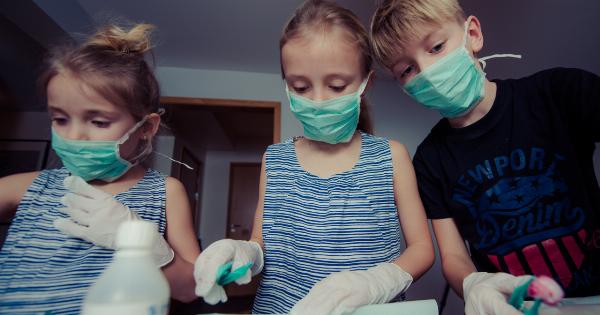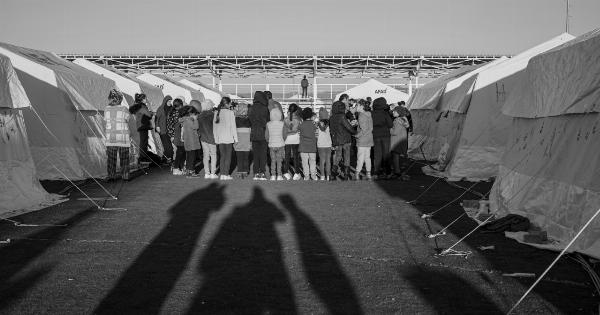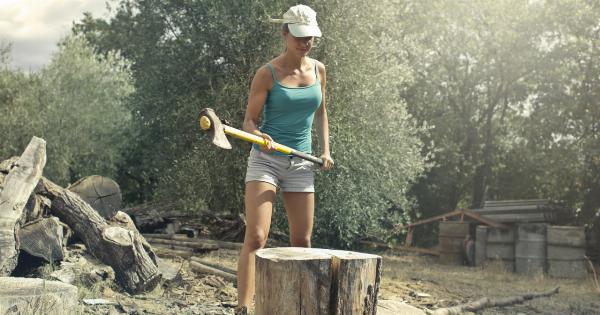When a medical emergency happens, time is of the essence. Every second counts, and the speed and effectiveness of the response can mean the difference between life and death.
Children may not be the first people we think of as first responders, but they can play a crucial role in providing first aid in an emergency. Teaching children basic first aid skills can empower them to become confident and capable helpers when someone needs assistance.
Why Teach Children First Aid?
As parents, caregivers, or educators, we want children to be safe and healthy. While it is impossible to avoid every danger, accidents can happen anytime, anywhere, and to anyone.
Knowing what to do in an emergency can not only save lives but also reduce the severity of injuries and alleviate pain and suffering. By teaching children first aid, we equip them with the knowledge and skills to:.
- Recognize emergencies and call for help
- Protect themselves and others from harm
- Perform basic life-saving interventions, such as CPR or the recovery position
- Provide comfort and reassurance to people who are injured or distressed
- Stay calm under pressure and follow instructions
Moreover, learning first aid can foster empathy, kindness, and social responsibility. By helping others in need, children can develop a sense of belonging, compassion, and self-esteem.
First aid training can also enhance communication, problem-solving, and decision-making skills, as well as critical thinking and teamwork.
How to Teach Children First Aid?
Teaching children first aid can be fun, interactive, and engaging. Depending on the age and level of the child, different approaches may be necessary. However, some general principles can help make first aid training effective:.
- Use age-appropriate language, examples, and activities that are relevant to the child’s experience and culture.
- Involve children in hands-on learning, such as role-playing, games, or simulations, that simulate real-life situations.
- Encourage questions, discussion, and feedback, and provide positive reinforcement for correct answers and actions.
- Reinforce learning through repetition and practice, and provide ongoing feedback and support to help children improve their skills and confidence.
- Make first aid training part of a broader health and safety education, covering topics such as nutrition, exercise, hygiene, and personal safety.
Parents, caregivers, and educators can use a variety of resources to teach children first aid, such as:.
- Books, videos, and websites designed for children, which provide information and guidance on first aid and emergency preparedness in a child-friendly format.
- Public or private training programs that offer first aid courses specifically tailored to children’s age and needs. These courses can be taught by certified instructors who use hands-on teaching techniques and provide certificates of completion.
- Apps and games that teach children first aid in a fun and interactive way. Some examples include “First Aid for Kids” by The Red Cross, “SOS Rescue” by Fox and Sheep, and “Doctor Kids” by Bubadu.
- Community events, such as safety fairs, health clinics, or disaster drills, that provide opportunities for children to learn and practice first aid skills in a real-life setting.
Basic First Aid Skills for Children
While first aid covers a broad range of skills and knowledge, some basic skills can be taught to children as young as three to five years old. These skills include:.
Recognizing emergencies
Children should learn to recognize common emergencies, such as choking, burns, bleeding, or allergic reactions, and know when to call for help.
They should also know their name, address, and phone number, and how to dial emergency services, such as 911, if available in their area. Parents can also teach children to use a safety whistle or signal to attract attention and ask for assistance in case of an emergency.
Protecting themselves and others
Children should know how to stay safe in an emergency and avoid further harm. They should be taught how to check for danger, such as fire, traffic, or electricity, and how to move themselves or others to a safe place if possible.
They should also learn how to use protective equipment, such as gloves or masks, to prevent exposure to blood or other body fluids.
Managing injuries
Children should learn how to recognize and manage common injuries, such as cuts, bruises, sprains, or nosebleeds.
They can be taught to clean and bandage wounds, apply ice or heat to reduce pain and swelling, and elevate injured limbs to reduce bleeding or improve circulation. Parents can also teach children how to make a splint using a stick or a rolled-up magazine and some tape and how to help someone who fainted or had a seizure.
Providing CPR
Cardiopulmonary resuscitation (CPR) is a life-saving technique that can be performed on people who have stopped breathing or have no pulse.
While children may not be able to perform CPR on adults, they can learn how to provide CPR to infants and young children. Parents can teach children how to recognize when to perform CPR, how to give rescue breaths and chest compressions, and how to seek additional help and support if necessary.
Using the recovery position
The recovery position is a technique used to protect the airway of unconscious or semiconscious people and prevent choking or suffocation.
Children can learn how to place someone in the recovery position and monitor their breathing and pulse until help arrives. Parents can also teach children how to communicate with the person and provide comfort and reassurance while waiting for help.
Conclusion
Teaching children first aid can be a valuable investment in their safety, health, and personal development.
By learning basic first aid skills, children can become confident and effective first responders in emergencies, reducing the risk of injury and saving lives. Moreover, first aid training can promote empathy, kindness, and social responsibility, and foster essential life skills such as communication, problem-solving, and decision-making.
Parents, caregivers, and educators can use a variety of resources and techniques to teach children first aid, and make it a fun and interactive experience that inspires lifelong learning and social impact.
